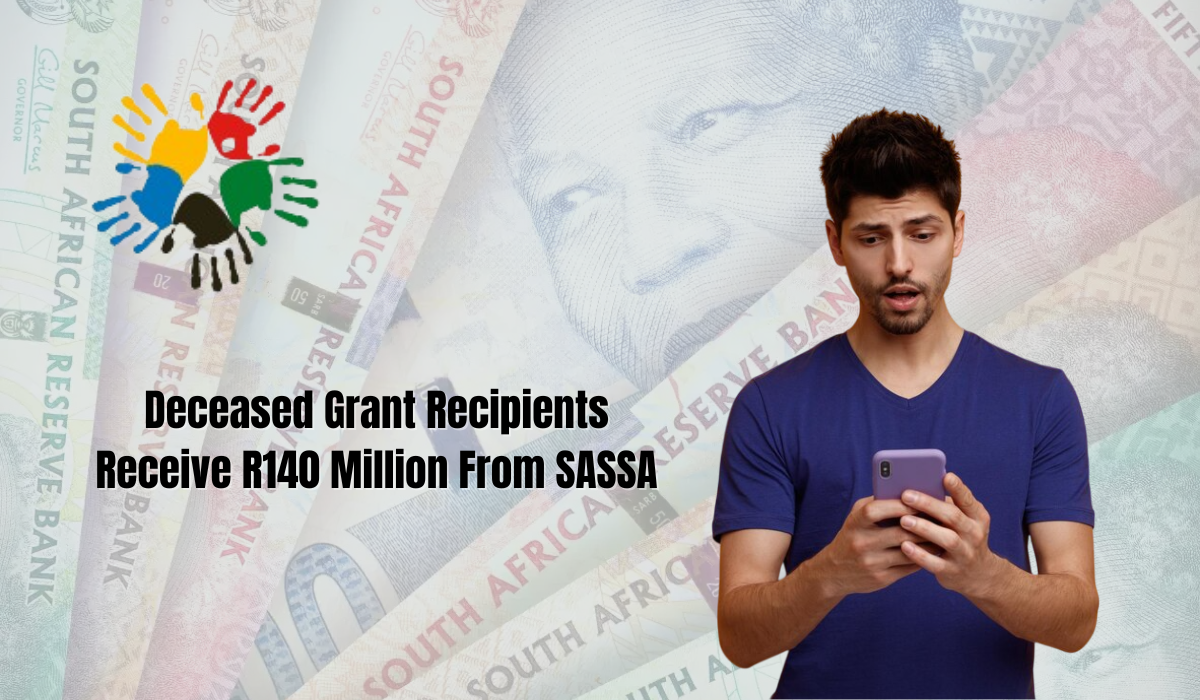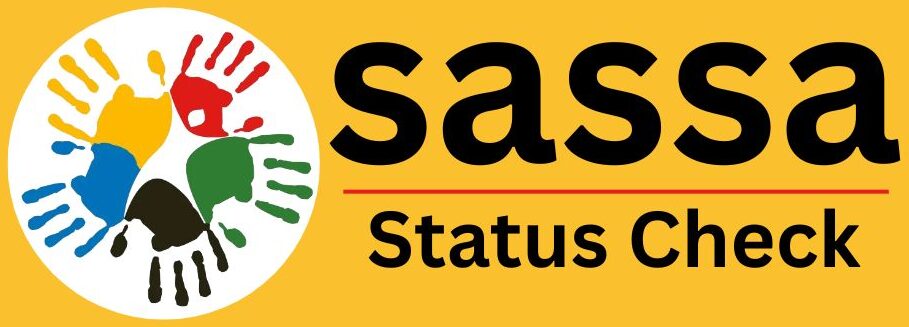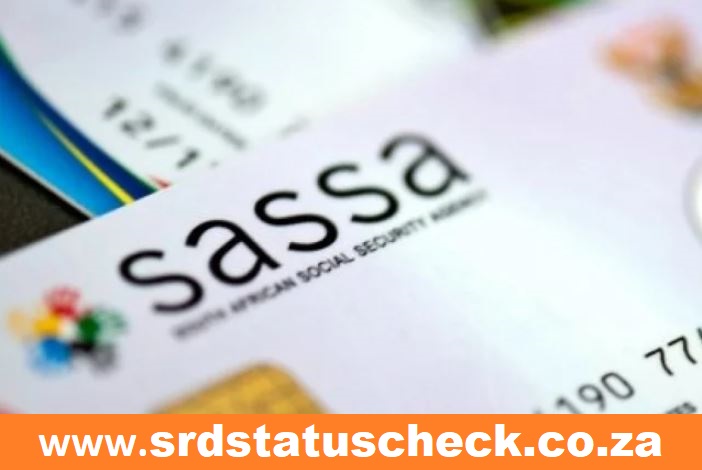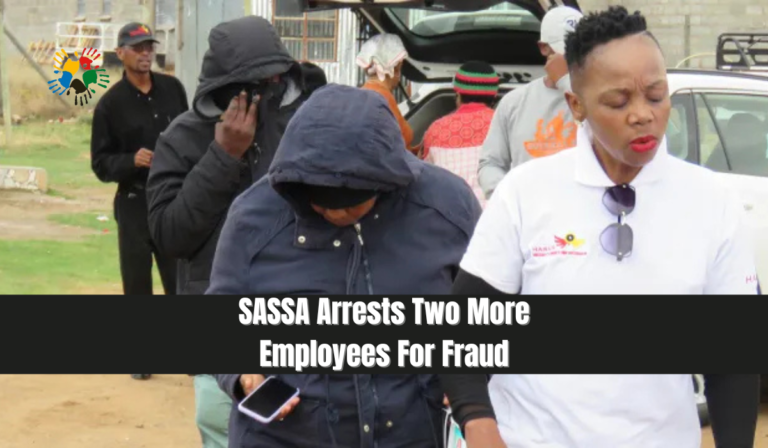Deceased Grant Recipients Receive R140 Million From SASSA

Deceased Grant Recipients Receive R140 Million From SASSA. The South African Social Security Agency (SASSA) recently confirmed that it paid out approximately R140 million in social grants to around 75,000 deceased individuals during the 2024/25 financial year. This revelation has sparked concerns over financial mismanagement and the effectiveness of SASSA’s systems in preventing such errors.
Despite the agency’s efforts to ensure that social grants reach the right beneficiaries, a combination of timing issues, delayed death reporting, and outdated data synchronization has resulted in payments being made to deceased grant recipients.
In this article, we will explore why these payments occurred, how SASSA plans to recover lost funds, and what measures are being implemented to prevent future occurrences.
SASSA Grant Payment System
SASSA is responsible for distributing social grants to over 18 million South Africans, including pensioners, children, and individuals with disabilities. The agency processes billions of rands in grant payments each year, ensuring that the most vulnerable citizens receive financial support.
How SASSA Processes Grant Payments
SASSA follows a structured payment schedule to ensure beneficiaries receive their grants on time:
| Stage | Process Description |
|---|---|
| Step 1 | Grant payment files are generated at the end of each month. |
| Step 2 | Payments are processed for the following month. |
| Step 3 | Beneficiaries receive their payments at the beginning of the new month. |
However, this system has one major flaw—if a grant recipient passes away between the time the payment file is generated and the actual payment date, their name remains on the payment run, resulting in payments being made to deceased individuals.
Why Did SASSA Pay Grants to Deceased Beneficiaries?
According to SASSA Chief Financial Officer (CFO) Tsakeriwa Chauke, the issue arises due to timing gaps in grant processing. The agency prepares its payment files at the end of each month to ensure that recipients receive their money at the start of the next month.
Reasons for Payments to the Deceased:
- Time Lag in Processing:
- Payment files are prepared before the month ends.
- If a beneficiary dies after file generation but before payment, they still receive the grant.
- Delays in Death Reporting:
- The Department of Home Affairs (DHA) is responsible for recording deaths.
- Families may fail to report a death on time, causing delays in updating government records.
- Data Synchronization Issues:
- Although SASSA is integrated with Home Affairs, not all deaths are captured in real-time.
- A small percentage of unreported or delayed death records cause incorrect payments.
Official Statements from SASSA
SASSA official Brenton van Vrede acknowledged that timing and reporting challenges contribute to the problem.
“Although we are fully synchronized with Home Affairs, we are still dependent on citizens reporting a death.”
According to Van Vrede, only 0.02% of SASSA’s total grant budget is affected by these erroneous payments, which may seem small in percentage but amounts to a significant R140 million in financial losses.
How Will SASSA Recover the Lost Funds?
Recognizing the need to prevent financial losses, SASSA is now developing a new payment recovery system that will allow for bulk recalls of funds based on official death records.
What Is SASSA’s New Recovery System?
The new recovery system, expected to launch in April 2025, will:
- Automate the identification of deceased beneficiaries using official DHA records.
- Enable bulk fund reversals, ensuring payments made to deceased individuals can be recalled.
- Enhance real-time data synchronization, reducing the time lag between death registration and grant payments.
With this system in place, SASSA hopes to minimize errors and improve financial accountability.
Challenges Faced by SASSA in Preventing Payments to the Deceased
Despite implementing technological improvements, SASSA still faces major hurdles in preventing erroneous payments.
1. Late Death Registrations
- Many families delay registering the death of a loved one due to cultural, financial, or administrative reasons.
- Until the death is officially recorded, SASSA continues processing payments.
2. Lack of Immediate Data Synchronization
- SASSA’s database does not update in real-time, creating a window period where deceased beneficiaries remain on the system.
3. Manual Verification Process
- While SASSA uses Home Affairs records, manual checks are sometimes required, leading to further delays.
Preventative Measures: How Can SASSA Avoid Future Mistakes?
SASSA is actively working on policy improvements and system upgrades to prevent similar issues in the future.
1. Strengthening the Integration with Home Affairs
- Enhancing the real-time update mechanism between SASSA and Home Affairs.
- Introducing instant data validation before processing payments.
2. Public Awareness Campaigns
- Encouraging families to report deaths as soon as possible.
- Providing accessible channels for reporting deaths, such as SMS notifications, online platforms, and call centers.
3. Implementing Artificial Intelligence (AI) Solutions
- Using AI-powered analytics to detect anomalies in grant payments.
- Identifying and flagging high-risk transactions for further review.
4. Early Payment Reversal System
- Implementing a grace period before grant disbursement.
- Allowing funds to be reversed within 48 hours if new death records emerge.
Conclusion
The R140 million paid to deceased grant recipients highlights a major flaw in SASSA’s grant processing system. While the timing of payments and delays in death registrations are primary reasons for the error, SASSA is now taking steps to recover lost funds and prevent future occurrences.






